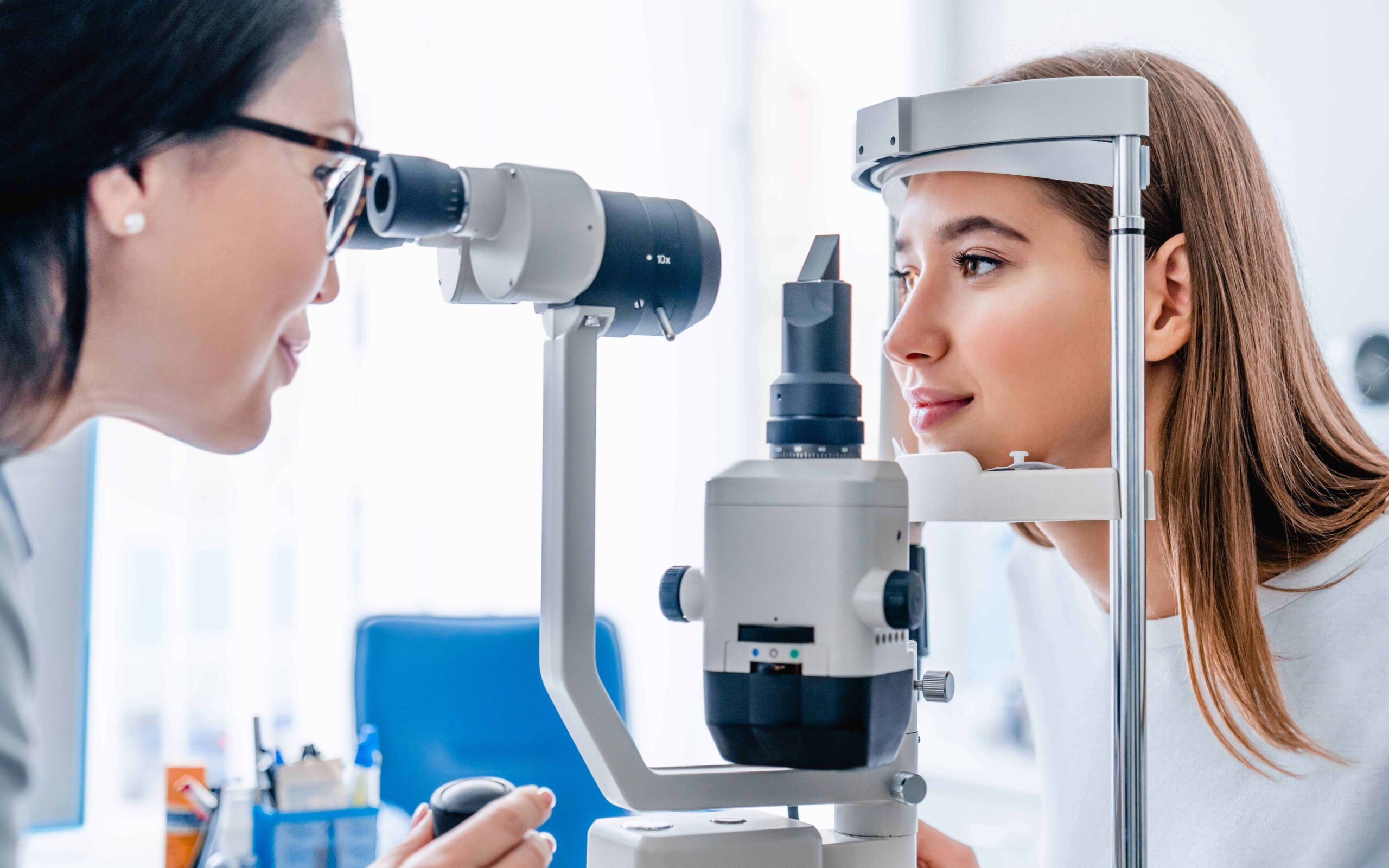Dry Eyes: Early Symptoms and Effective Treatments
Updated: Apr 20, 2025
Dry eyes can be an uncomfortable and frustrating condition, affecting vision and overall eye health. Recognizing the early symptoms and exploring effective treatments can help prevent long-term discomfort and potential complications.

Common Symptoms of Dry Eyes
Dry eye syndrome occurs when the eyes do not produce enough tears or when the quality of tears is poor. Early symptoms can include burning, itching, redness, and a gritty sensation, as if something is stuck in the eye. Some people may also experience blurry vision, sensitivity to light, and excessive tearing, which is the body’s way of trying to compensate for dryness. If left untreated, dry eyes can lead to inflammation, damage to the eye’s surface, and an increased risk of infection.
Certain factors can make dry eyes worse, including extended screen time, dry or windy environments, and wearing contact lenses for long periods. People who frequently use digital devices may experience digital eye strain, which can worsen dryness due to reduced blinking. Aging, hormonal changes, and certain medical conditions like diabetes, thyroid disorders, and autoimmune diseases such as Sjögren’s syndrome can also contribute to dry eye symptoms.
Causes of Dry Eyes
Tears are made up of three essential layers: oil, water, and mucus. Each layer plays a role in keeping the eyes lubricated and protected. If any of these components are imbalanced, it can lead to dry eye syndrome.
One of the most common causes is meibomian gland dysfunction (MGD), which occurs when the oil-producing glands in the eyelids become blocked or do not produce enough oil. This leads to faster evaporation of tears, resulting in dryness and irritation. Other causes include certain medications like antihistamines, decongestants, antidepressants, and birth control pills, which can reduce tear production. Laser eye surgery (LASIK) may also contribute to temporary dry eyes as the nerves in the cornea heal.
Environmental factors such as air conditioning, heating, smoke, and pollution can also worsen dry eye symptoms. People who spend a lot of time in airplane cabins or high-altitude areas may notice increased dryness due to lower humidity levels.
Effective Treatments for Dry Eyes
The treatment for dry eyes depends on the severity of the condition and its underlying causes. For mild cases, over-the-counter artificial tears can provide quick relief by adding moisture to the eyes. It is important to choose preservative-free eye drops, as preservatives in some artificial tears can cause irritation with frequent use. Brands like Refresh, Systane, and TheraTears offer preservative-free options that help hydrate the eyes without added chemicals.
For moderate to severe cases, prescription eye drops such as Restasis (cyclosporine) or Xiidra (lifitegrast) can help reduce inflammation and increase natural tear production. These medications require consistent use for several weeks to show full benefits. Another prescription option is Tyrvaya (varenicline), a nasal spray that stimulates tear production by targeting the nerves responsible for tear secretion. More details about prescription treatments can be found on the American Academy of Ophthalmology website.
For people with meibomian gland dysfunction, warm compresses and eyelid massages can help unblock oil glands and improve tear stability. Specialized treatments like LipiFlow, iLux, and intense pulsed light (IPL) therapy are available at eye clinics to improve oil gland function and reduce dryness.
Lifestyle Changes to Reduce Dry Eyes
Making small changes in daily habits can help improve eye moisture and reduce dryness. Taking breaks from screen time is one of the most effective ways to prevent digital eye strain and maintain healthy tear production. The 20-20-20 rule can be helpful: every 20 minutes, look at something 20 feet away for at least 20 seconds to give the eyes a break.
Staying hydrated and eating a diet rich in omega-3 fatty acids can also support eye health. Foods like salmon, flaxseeds, walnuts, and chia seeds contain omega-3s, which help improve tear quality by reducing inflammation. Some studies suggest that omega-3 supplements can also benefit people with chronic dry eye syndrome. More information on dietary recommendations for dry eyes can be found at the National Eye Institute.
Using a humidifier at home or in the office can add moisture to the air, preventing the eyes from drying out, especially in winter when indoor heating systems lower humidity levels. Avoiding smoky or dusty environments and wearing wraparound sunglasses outdoors can also protect the eyes from wind and irritants.
When to See a Doctor
If dry eye symptoms persist despite using artificial tears and making lifestyle changes, it may be time to see an ophthalmologist or optometrist for further evaluation. A doctor can perform tests to measure tear production, tear film stability, and oil gland function to determine the best treatment approach.
In some cases, punctal plugs may be recommended. These tiny medical devices are inserted into the tear ducts to block drainage, keeping more moisture on the surface of the eyes. This can be a good option for people with severe dryness that does not respond to other treatments.
Chronic dry eye can sometimes be a sign of an underlying autoimmune disease such as Sjögren’s syndrome, lupus, or rheumatoid arthritis. If dry eyes are accompanied by dry mouth, joint pain, or fatigue, a doctor may recommend additional testing to rule out these conditions.
Final Thoughts
Dry eyes can be uncomfortable, but recognizing the symptoms early and taking action can help prevent complications. Simple treatments like artificial tears, warm compresses, and lifestyle adjustments can provide relief for mild cases, while prescription medications and advanced therapies may be needed for more severe conditions. If dry eye symptoms persist or worsen, consulting an eye specialist can help determine the best treatment plan. By addressing dry eye issues proactively, it is possible to maintain clear, comfortable vision and protect long-term eye health.

